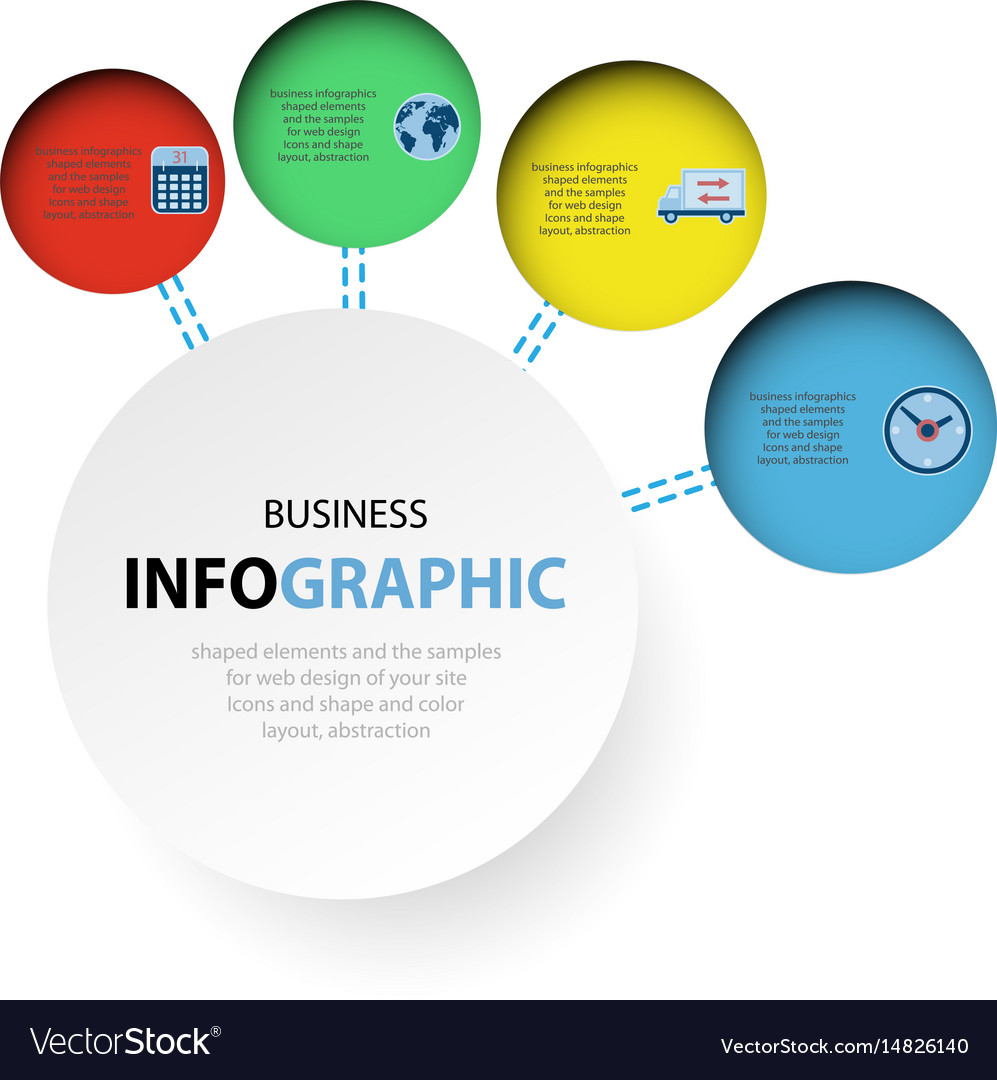Web Site Style: A Trip Via Time.From Humble Starts To Contemporary Marvels, Internet Site Design Has Actually Gone Through A Significant Improvement For Many Years
Web Site Style: A Trip Via Time.From Humble Starts To Contemporary Marvels, Internet Site Design Has Actually Gone Through A Significant Improvement For Many Years
Blog Article
Author-Carstens Bowles
In the past, web sites were simple and concentrated on info. Navigating was straight, and layout was for desktop computers. Now, customer experience is vital. Data guides layouts for easy navigating. Responsive formats fit various gadgets. Today, dark mode decreases strain, and minimal menus improve navigating. Interactive features involve customers, and vibrant visuals attract attention. AI assimilation improves involvement. See exactly how design has developed to improve your on-line journey.
Very Early Days of Website Design
In the very early days of web design, simplicity reigned supreme. Sites were fundamental, with restricted shades, fonts, and layouts. The focus was on providing details as opposed to fancy visuals. Individuals accessed the web via slow-moving dial-up connections, so speed and capability were vital.
Navigating menus were straightforward, generally situated at the top or side of the web page. search engine optimization consultant were developed for computer, as mobile surfing wasn't yet common. Material was king, and developers prioritized simple readability over complicated design aspects.
HTML was the main coding language utilized, and developers needed to function within its restraints. https://connerrmgbw.tkzblog.com/29794386/methods-for-successful-ppc-with-effective-keyword-phrase-research and interactive attributes were marginal contrasted to today's requirements. Internet sites were fixed, with little vibrant material or individualized individual experiences.
Increase of User-Focused Design
With the development of internet site style, a change towards user-focused style principles has actually ended up being progressively popular. Today, creating sites that focus on customer experience is vital for engaging visitors and attaining service goals. User-focused layout entails recognizing the needs, choices, and habits of your target market to customize the website's format, web content, and includes as necessary.
Designers now perform detailed study, such as customer surveys and usability screening, to gather insights and feedback directly from customers. This data-driven technique aids in developing instinctive navigation, clear calls-to-action, and visually appealing user interfaces that reverberate with site visitors. By placing the individual at the center of the style process, internet sites can provide a much more customized and pleasurable experience.
Responsive layout has additionally become an essential aspect of user-focused layout, ensuring that web sites are maximized for various gadgets and screen dimensions. This adaptability boosts ease of access and functionality, dealing with the varied methods individuals interact with websites today. In essence, the increase of user-focused style signifies a shift in the direction of creating digital experiences that prioritize the demands and expectations of the end customer.
Modern Trends in Web Design
Check out the most up to date trends shaping website design today. relevant webpage is dark setting style, offering a smooth and modern-day appearance while lowering eye stress in low-light atmospheres. Another crucial fad is minimal navigation, simplifying menus and enhancing customer experience by concentrating on essential elements. Integrating micro-interactions, such as animated buttons or scrolling effects, can develop a much more engaging and interactive website. Receptive style remains critical, making sure seamless customer experiences across different gadgets. Furthermore, making use of strong typography and unbalanced layouts can include visual rate of interest and accentuate specific web content.
Incorporating AI modern technology, like chatbots for client assistance or personalized recommendations, boosts user interaction and streamlines processes. Availability has also become a considerable fad, with designers focusing on inclusive design practices to deal with diverse customer demands. Welcoming sustainability by enhancing web site efficiency for rate and performance is one more emerging pattern in web design. Collaborating with individual feedback and information analytics to repeat and improve design constantly is vital for remaining appropriate in the ever-evolving digital landscape. By embracing these modern-day patterns, you can produce a visually attractive, easy to use internet site that reverberates with your audience.
Conclusion
As you assess the advancement of web site style from the very early days to currently, you can see how user-focused style has actually become the driving pressure behind contemporary patterns.
Embrace the trip of change and adjustment in web design, constantly maintaining the customer experience at the forefront.
Remain current with the latest fads and modern technologies, and never quit advancing your technique to produce visually sensational and user-friendly sites.
Evolve, adapt, and develop - the future of web design remains in your hands.
